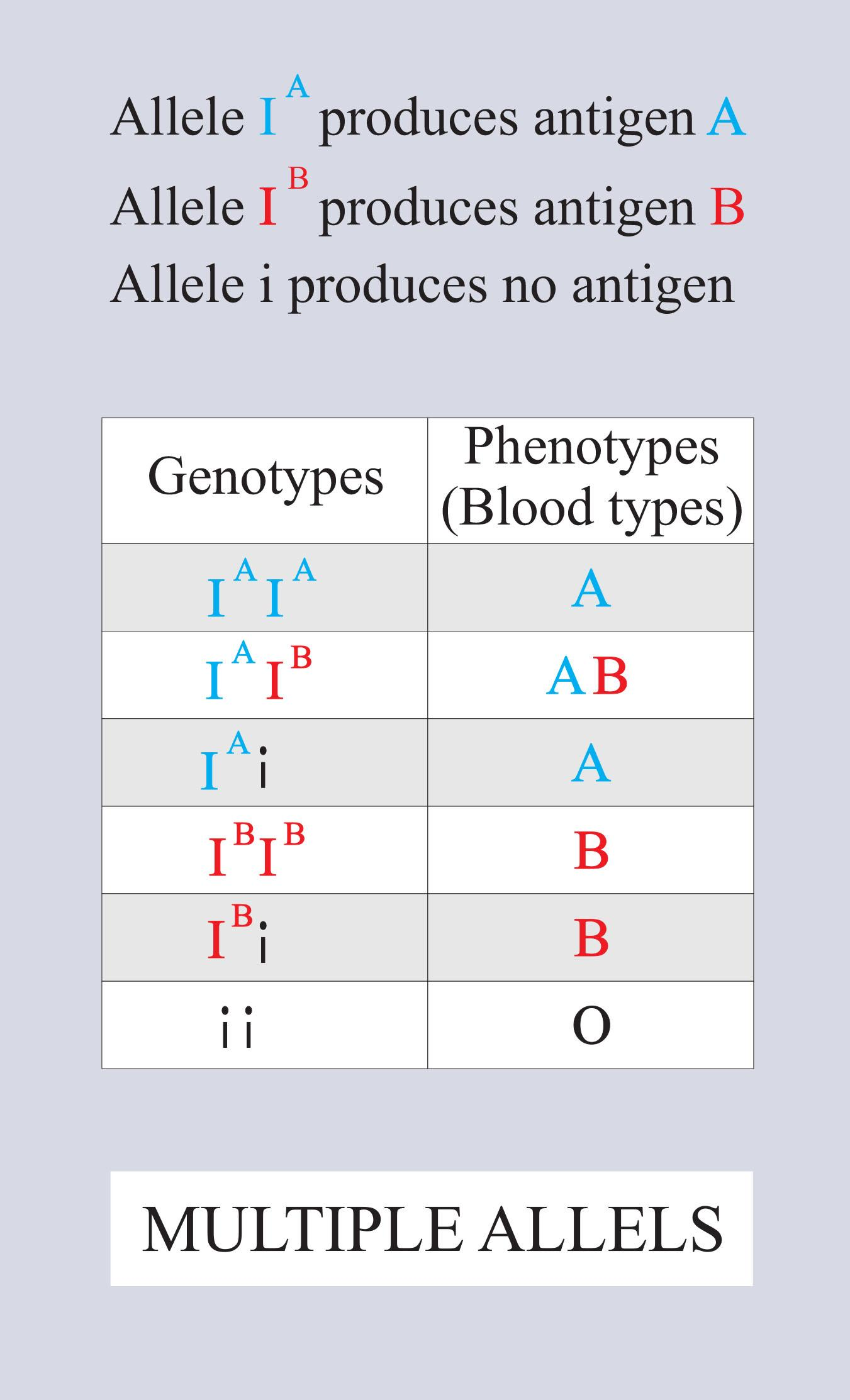
Multiple alleles are present
(a) At different loci on the same chromosomes
(b) At the same locus of the chromosomes
(c) On non-sister chromatids
(d) On different chromosomes
Answer
479.1k+ views
Hint: The locus of homologous chromosomes contains two alternative forms called alleles. they can be more than two but in the same place where two of these alleles are present.
Complete answer:
The alternative forms or versions present at the same locus in a pair of homologous chromosomes are called alleles. In a diploid organism, two alleles of a gene can form three genotypes. sometimes a gene may have more than two alleles. on the locus of the homologous chromosome, if more than two allelic forms occur then it is called multiple alleles.
Additional Information: - Multiple allelism is a phenomenon in which more than two alleles exist in a population of specific organisms.
- In a genotype of a diploid individual multiple allelism cannot be seen but it can be observed in a population
- The number of kinds of genotypes that can occur for multiple alleles is given by expression n(n+1)/2. Here, n is the number of alleles.
- One of the best examples of multiple allelism is ABO blood grouping in humans where three alleles of a single gene produce six genotypes
- Phenotypes of blood groups were inherited by the interaction of three autosomal alleles of the gene named 'I'.
So, the correct answer is 'At the same locus of chromosome'
Note: For gene I the three are

Complete answer:
The alternative forms or versions present at the same locus in a pair of homologous chromosomes are called alleles. In a diploid organism, two alleles of a gene can form three genotypes. sometimes a gene may have more than two alleles. on the locus of the homologous chromosome, if more than two allelic forms occur then it is called multiple alleles.
Additional Information: - Multiple allelism is a phenomenon in which more than two alleles exist in a population of specific organisms.
- In a genotype of a diploid individual multiple allelism cannot be seen but it can be observed in a population
- The number of kinds of genotypes that can occur for multiple alleles is given by expression n(n+1)/2. Here, n is the number of alleles.
- One of the best examples of multiple allelism is ABO blood grouping in humans where three alleles of a single gene produce six genotypes
- Phenotypes of blood groups were inherited by the interaction of three autosomal alleles of the gene named 'I'.
So, the correct answer is 'At the same locus of chromosome'
Note: For gene I the three are

Recently Updated Pages
Master Class 4 Maths: Engaging Questions & Answers for Success

Master Class 4 English: Engaging Questions & Answers for Success

Master Class 4 Science: Engaging Questions & Answers for Success

Class 4 Question and Answer - Your Ultimate Solutions Guide

Master Class 11 Economics: Engaging Questions & Answers for Success

Master Class 11 Business Studies: Engaging Questions & Answers for Success

Trending doubts
Give 10 examples of unisexual and bisexual flowers

Draw a labelled sketch of the human eye class 12 physics CBSE

a Tabulate the differences in the characteristics of class 12 chemistry CBSE

Differentiate between homogeneous and heterogeneous class 12 chemistry CBSE

Why is the cell called the structural and functional class 12 biology CBSE

Differentiate between insitu conservation and exsitu class 12 biology CBSE




